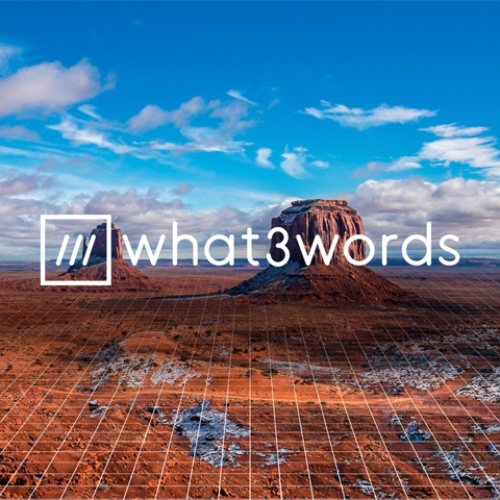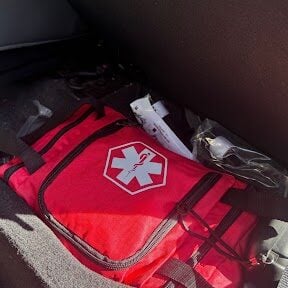
Is What3Words a Good Offroad Companion?
Question: I’ve heard a few friends recommend What3Words as a great tool for location pinpointing. What are your opinions on it, and can it replace other geo-locating tools like a personal locator beacon (PLB) or satellite messenger?
Survival Med’s Answer: What3Words is a unique navigation app that divides the entire globe into 3-meter squares, assigning each square a distinctive combination of three words. This system simplifies location sharing and finding, making it a great resource for various outdoor and survival purposes.
Many users find its three-word addressing system to be a game-changer, offering a straightforward and precise way to communicate exact locations.

However, like any tool, it’s essential to understand its nuances and limitations.
- Familiarize Yourself Before Your Trip: Before embarking on your offroad journey, take the time to thoroughly familiarize yourself with the What3Words app. You don’t want to be figuring out how to use it for the first time 10 miles from cell coverage or hanging off a rock face
- Consider Cell Coverage: Some functions are limited in areas without cell coverage. In What3Words compass mode, you can still view the location of any entered address, but you won’t be able to load maps or send the address without a cell signal.
- Supplement with Emergency Devices: Despite its effectiveness, What3Words doesn’t replace the need for essential safety equipment in remote areas. If you’re in a remote area or in challenging terrain, we recommend a backup option like a personal locator beacon (PLB), satellite messenger, or a satellite phone.

Overall, the What3Words app stands out as a reliable companion for offroad enthusiasts, offering an innovative approach to location sharing. By understanding its features and combining it with other safety measures, you can navigate the offroad with confidence.
Happy exploring!





















